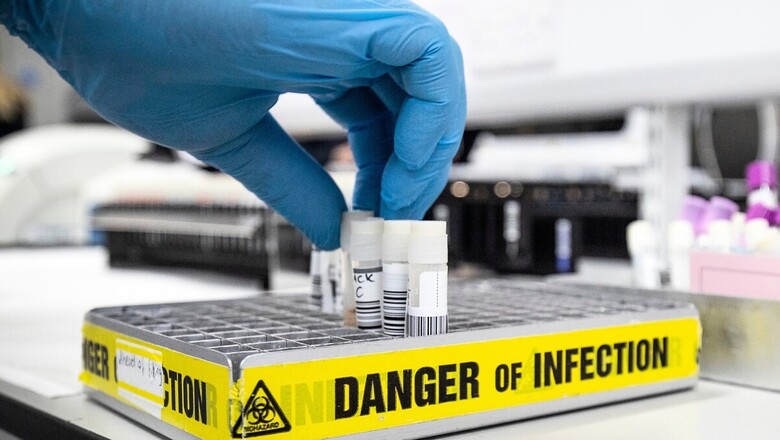
views
India is planning to expand the scope of its genomic surveillance body INSACOG with the aim of preventing the outbreak of Disease X, co-chair of the body told News18.
Disease X has been named by the World Health Organisation (WHO) as an imaginary scenario where a new pathogen causes a new pandemic which is more severe than the previous ones. While there is no such pathogen immediately, the exercise aims to conceptualise a suitable action plan against future threats.
Explaining it in layman terms, Dr NK Arora, co-chair of INSACOG, said that till its outbreak, “Covid-19 was a Disease X for humankind”.
“Now, the world has to prepare to face unknown challenges so that we don’t scramble at the time of the outbreak,” he added.
Dr Arora, who is also the head of the National Technical Advisory Group of Immunization (NTAGI), told News18 that there are four strategies that are required to be taken seriously, not only in India, but at the global level.
Continuing the extensive surveillance holds utmost importance, he said. “There is a need to expand the genomic surveillance of pathogens via the Indian SARS-CoV-2 Genomics Consortium (INSACOG).”
INSACOG is a national multi-agency consortium of Genome Sequencing Laboratories (RGSLs) laboratories established by the Government of India on December 30, 2020. INSACOG was established to expand whole genome sequencing of the SARS-CoV-2 virus across the nation, aiding understanding of how the virus spreads and evolves.
Dr Arora told News18 there are plans to expand the consortium’s scope to look for other pathogens as well. “We are planning to expand its scope to look for other bacteria and viruses.”
Four-Pronged Strategy
While focusing on expansion of the country’s genomic surveillance is one of the strategies, the second strategy to avert Disease X is the creation of a list of potential pathogens. “The Department of Biotechnology (DBT) along with other departments is already working on the list and strategies,” he said.
The team at the Indian Institute of Science (IISc) in collaboration with Bangalore BioInnovation Centre, Department of Biotechnology and the Government of Karnataka has identified 32 potential pathogens.
Thirdly, Arora said India should be able to prepare vaccines in the shortest possible time, if needed, as it had done during the outbreak of the Covid-19 pandemic.
“India has readied six vaccine platforms, including mRNA, inactivated, subunit, and DNA among others. The idea is that the vaccine should be ready to get into the clinical stage within 200 to 250 days,” he said.
Lastly, Arora said the fourth strategy is to continue the work on finding effective drugs, especially antivirals.
“As we have seen, there are no effective therapies and drugs available. India being a pharmacy to the world and home to top pharma companies across the globe, must take up this goal to find effective drugs, including anti-virals.”
Disease X
Not only India, but countries across the globe have started preparing against the next pandemic or Disease X — taking lessons from the outbreak of the latest pandemic.
In the last few weeks, what triggered more conversations and concerns among people was the cautionary statement from UK-based expert Kate Bingham, who said that the next pandemic could take 50 million lives. She also said that the next pandemic might already be on its way and could be more lethal than Covid-19.




















Comments
0 comment